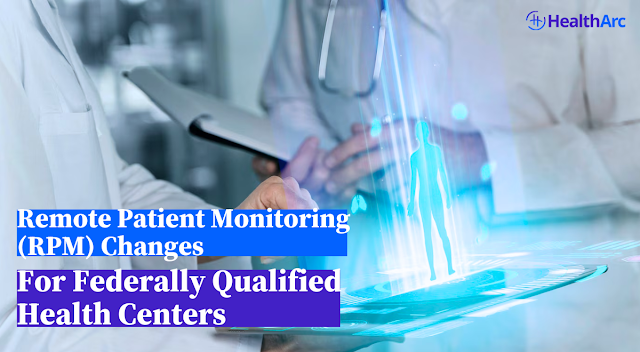Understanding the Costs of Remote Patient Monitoring in 2025
Remote Patient Monitoring (RPM) is playing important role in managing chronic diseases such as hypertension, diabetes, heart failure, and COPD. By allowing clinicians to monitor their patients’ vital signs between appointments, RPM improves healthcare results, prevents complications, and monetizes new revenue streams for healthcare services. But what’s the price? Understanding the financial components of RPM is important for providers thinking of adopting these programs, as well as for patients struggling with their share of the expenses.
What is included in the RPM costs?
A. FDA-approved Devices:
FDA-approved devices such as blood pressure monitors, glucometers, and even smart scales are important for monitoring chronic diseases. They range in cost from $50 to $300, and their blood pressure monitors and pulse oximeters are also a part of this category. Their price depends on their features and how they connect (Bluetooth vs. cellular).
Devices with cellular integrations are pricier but are better for adherence as the data is sent automatically without the need for the user’s smartphone.
1. Cardiovascular & Hypertension Monitoring
Bluetooth Blood Pressure Monitors
ECG Patches / Monitors
2. Diabetes & Glucose Monitoring
· Continuous Glucose Monitors (CGMs)
· Connected Glucometers
3. Respiratory & Pulmonary Health
· Pulse Oximeters
· Remote Spirometers
· Electronic Inhaler Monitoring Devices
4. Weight & Heart Failure Monitoring
· Smart Scales (Cellular or Bluetooth)
· Body Composition Monitors (for obesity, CHF)
5. Post-Surgical & General Recovery
Multi-Parameter Vitals Monitoring Kits
Wearable Activity Trackers (FDA-cleared for medical use)
6. Neurological & Cognitive Monitoring
GPS-enabled Wearables for Dementia
Smart Medication Dispensers
B. Platform Fees:
For integration of data, alerts, as well as reporting, providers need software platforms for device management.
Remote Patient Monitoring (RPM) services often charge between $30 and $80 per patient each month. This depends on additional managed services such as Chronic Care Management (CCM) or Remote Therapeutic Monitoring (RTM) which may increase RPM fees. What Do Platform Fees Typically Include?
Integration of Device Data
Automatic and effortless capturing of data from Bluetooth or cellular devices into the platform, including EHR interfacing when applicable.
Clinical Alerts and Triage Tools
Automated and routed alert thresholds for BP, SpO2, glucose, and other critically monitored attributes sent directly to relevant care teams for prompt action.
Patient & Provider Dashboards
User-friendly dashboards enable the monitoring, noting, and recording of data for chronic conditions over time, thus observing trends and flagging irregularities.
Care Coordination Features
Includes integration of Chronic Care Management (CCM) and Remote Therapeutic Monitoring (RTM) for bundled workflows
C. Staffing:
In practical terms, practices specialized in RPM need care coordinators, nurses, or MAs who are designated to make follow-up calls with patients and review incoming telemetry data.
As with many RPM services, staff must follow Medicare billing guidelines which indicate a baseline of 20 minutes of the clinical staff's time per enrolled patient each month, or the RPM Cap will trigger.
Clinical Care Coordinators
Usually work as the initial support contact. They track adherence, make reminder calls, document patient feedback, and facilitate onboarding.
Registered Nurses (RNs) or Nurse Practitioners (NPs)
Review patient telemetry (vital signs and symptom logs), escalate any abnormal findings, modify the care plan as needed, execute physician orders, and document all actions taken.
Medical Assistants (MAs)
May conduct routine check-ins, data entry, and instruct patients on how to use devices under clinical supervision.
Billing & Compliance Specialists
Ensure that time and activity logs, interventions documentation, and coding for CPT 99457/99458 and RPM/CCM/RTM related codes are compliant and synchronized.
Who Pays for RPM?
Medicare Part B: Covers 80% of device provision, on-boarding, and monitoring.
Patients: A 20% coinsurance (approximately $20 to $25 per month).
Private Payers: The majority of private insurance now cover RPM, often at par with Medicare.
Key Takeaway:
For providers, the 20-30% margin depends on the RPM equipment and software purchase. These upfront costs can be recouped within 2-3 months thanks to Medicare reimbursement, which makes RPM a very profitable and patient friendly care model.



%20Changes%20for%20Federally%20Qualified%20Health%20Centers%20(1).png)
Comments
Post a Comment